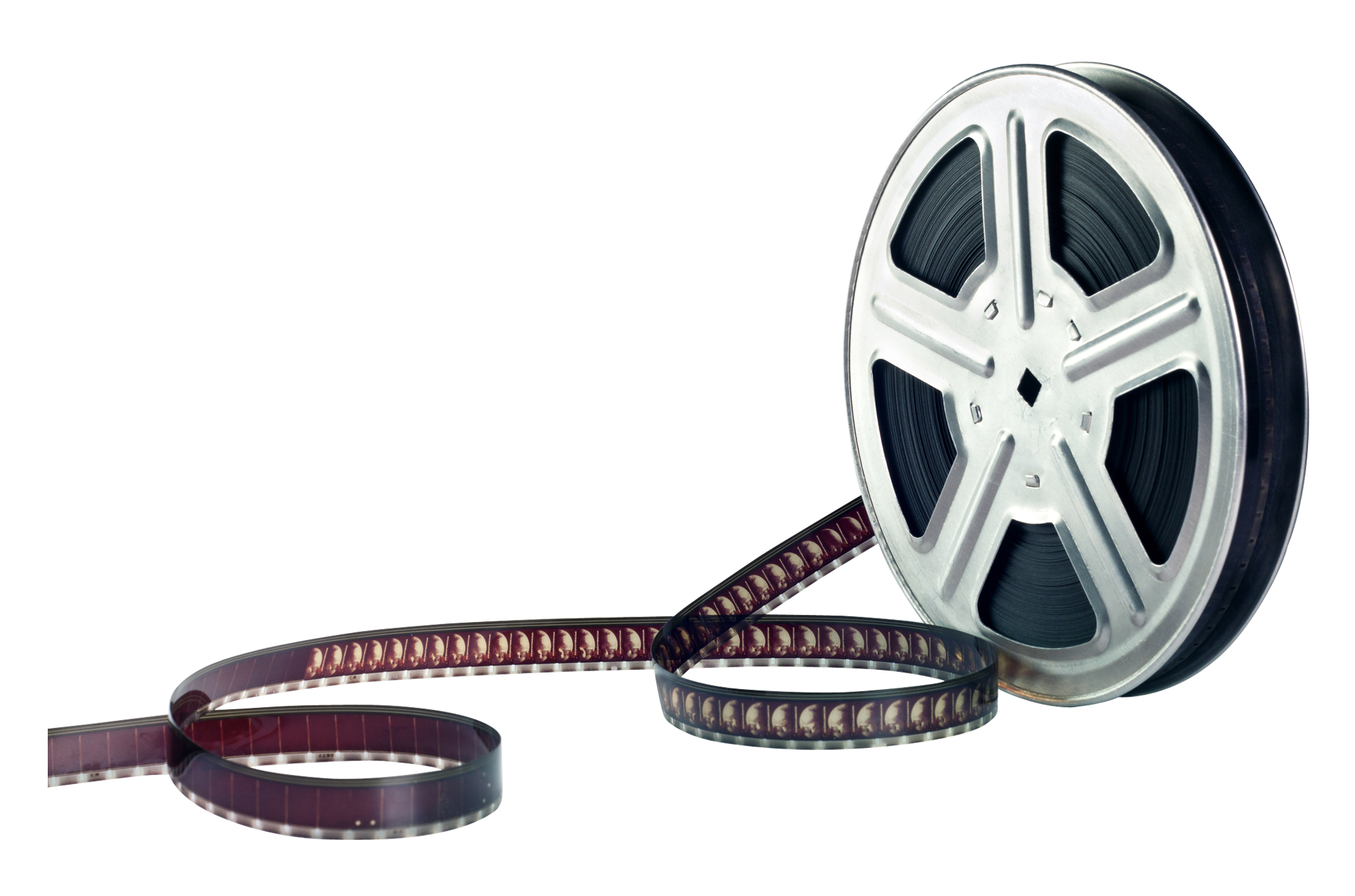
There are a number of options when it connects to movie making schools. At the Los Angeles Film School, you will find the art of film making by really making a movie. Your very first 7 days you will be treating video camera, and by the time you are all set to finish you will more than most likely have actually made lots of movies throughout the span of every twelve months.
Try to keep it tidy and basic. If you have the ability to, use SagIndie for talent. I understand that it's not always feasible, however if you can, do it. It's only a hundred dollars a day and you will get quality performances. You can learn a lot dealing with experts too. Possibly you won't need to do many takes. And normally you will improve outcomes than if you use your Auntie Mimi as the leading woman.
Storage. Concerning storage, film is more difficult to keep. You need to think how you will protect the negatives without lessening its quality. It will be harder to replicate the printed pictures for duplicates when you lose your negatives, otherwise you will need a restorer for it. Whereas the digital electronic camera's output is immediately kept in SD cards. Then you can back it up in your computer, cd, or other hard drives without changing its residential or commercial properties and quality. In the long run, film can fade, while digital will never ever alter.
The washing process starts separating the plastic from the silver, which was emulsified throughout the cleaning phase. Then the plastic is left to dry and eventually recycled.
I can just speak from my own personal indie filmmaker and producer point of view. There are talent managers, and representatives that simulate a script enough to have an actor sign an actor letter of intent to bring in executive producers. The star can call the shots when they read a script that encourages them to do a movie. Indie tasks are a tougher sell, however if the movie script and role are hot it makes marketing sense for an actor to star in a separately driven drama movies production. One key star or star can get a film funded by attaching their name.
White frost, grey frost and bronze frost are the colors you can get. Primarily you see the white frosted window film since it simply looks natural. However there is a clear frost which looks similar to a bathroom window. There is no color to it but it does precisely the exact same thing.
As soon as you have actually found some great options of stars to fill the functions in the script, have a script-reading with all the actors that will have any kind of speaking function. A script-reading is when all the stars read the script to see how the discussion streams with the stars. You, along with anybody else that you consider vital to the production (Director, Manufacturer, Writer, Performing Coach, and so on) should exist at the script-reading. Preferably have someone else checked out the narrative of the script, so you can study the actors and how they connect with each other. Make lots of notes of comments/possible changes. If you observe substantial issues with an actor's performance with discussion, talk about the issue with the actors, so he/she can find out and fix the concern.
When you shot the whole roll and are ready to get your lomographs developed, press the reset button which is the little pin on the bottom right-hand side you will hear a click. Take out the handle for the movie rewind and gently spin it. Take care in this step there shouldn't be any resistance. If there is resistance, hold the reset button down the entire time while you rewind the movie.
Comments on “How Funnymans Can Get Into Television Or Film”